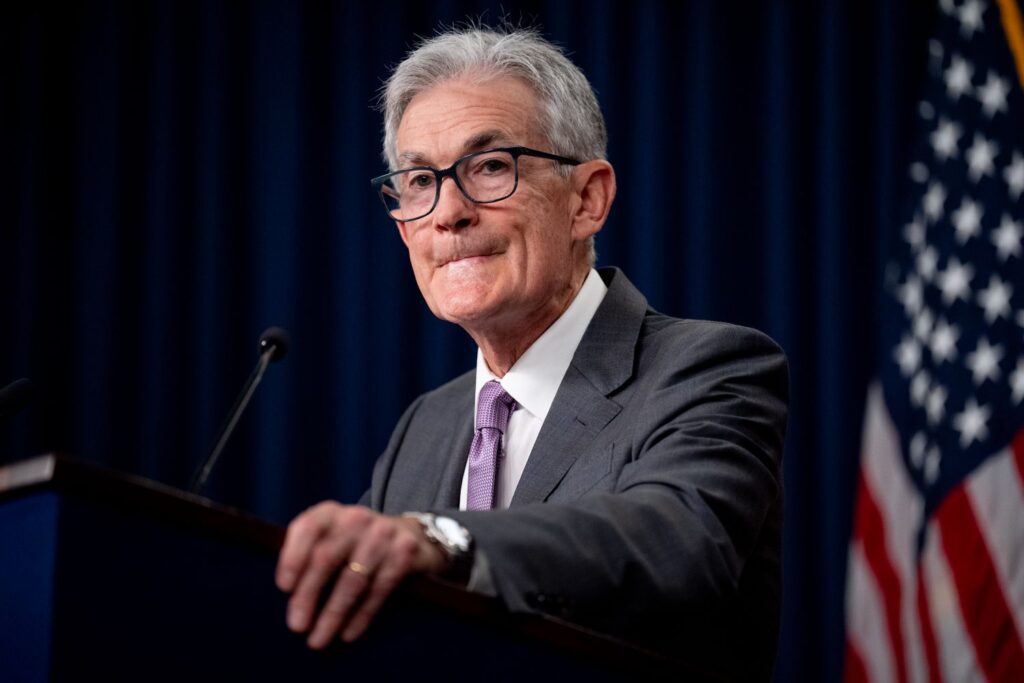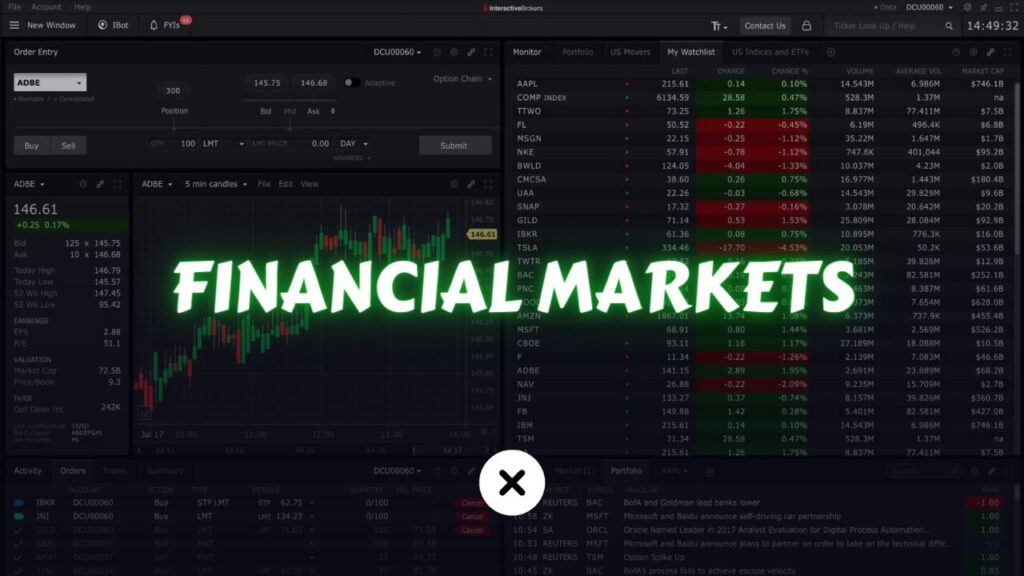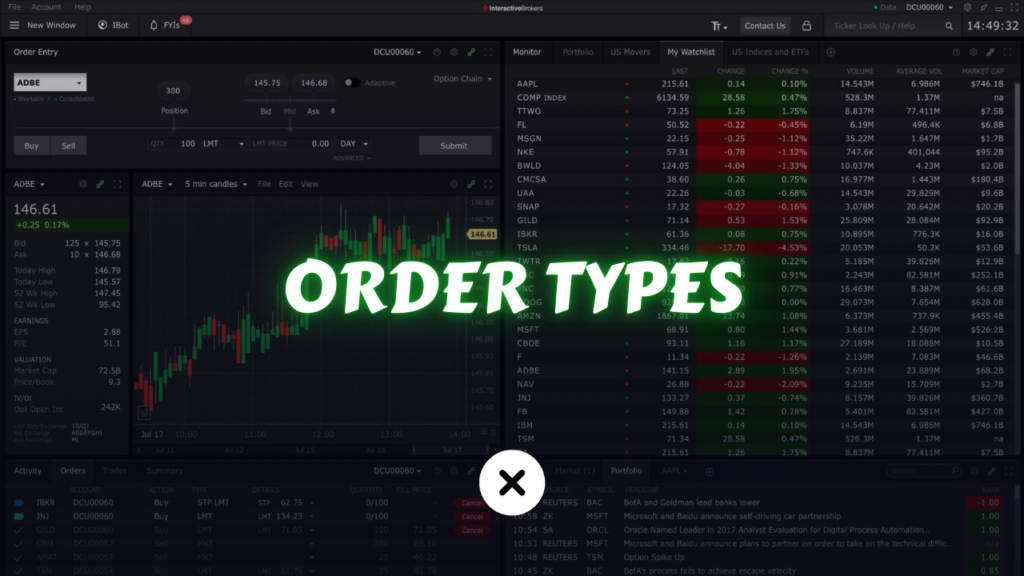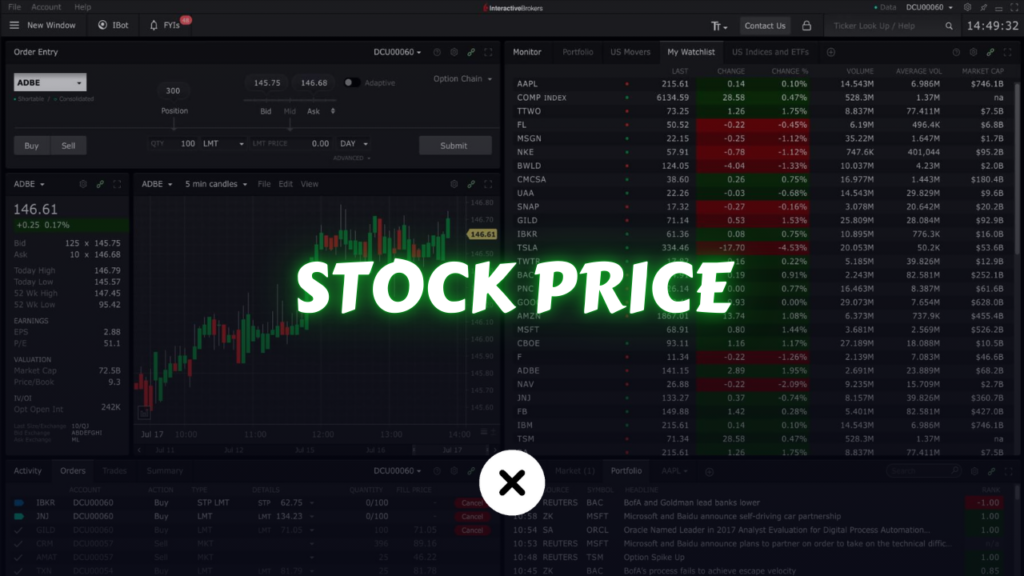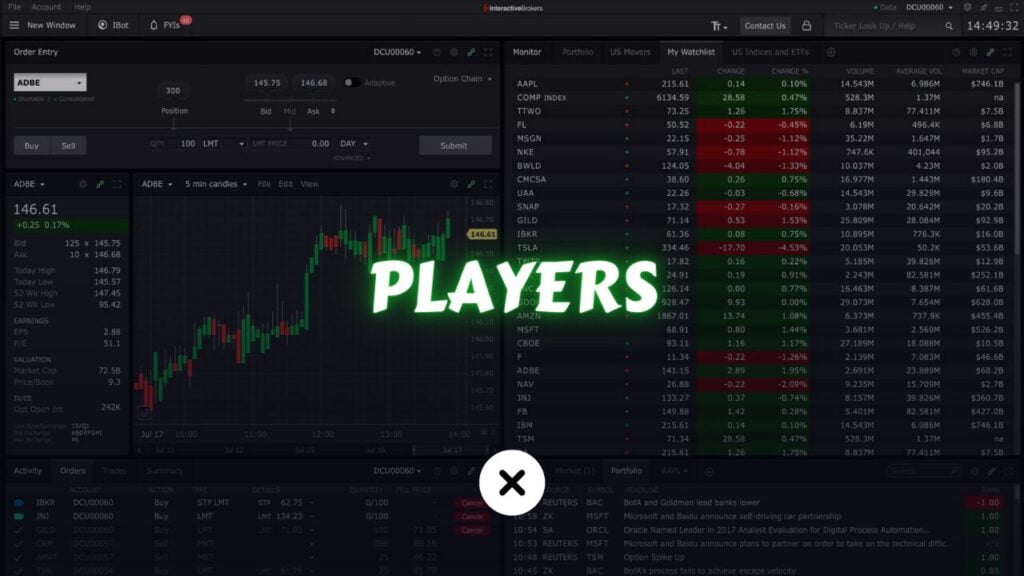In a pivotal address at the Jackson Hole symposium, Federal Reserve Chair Jerome Powell signaled that the central bank might start cutting its historically high interest rates in September. This shift comes as inflation shows sustained signs of easing and the labor market begins to soften, reflecting a broader economic slowdown.
Powell’s remarks, though cautious, offer the clearest indication yet that the Fed is ready to adjust its policy stance after a series of aggressive rate hikes aimed at curbing the highest inflation in four decades. The Fed’s key rate currently sits at a 23-year high of 5.25% to 5.5%, following a series of increases from near zero starting in March 2022. Powell did not specify the size of the expected rate cut, but most experts anticipate a quarter-point reduction. However, some believe that if economic conditions continue to deteriorate, a more substantial half-point cut could be on the table.
“The time has come for policy to adjust,” Powell stated in his prepared remarks, emphasizing that future rate decisions will be closely tied to economic data and evolving risks. This marks a significant change in tone from previous statements where the Fed had firmly committed to maintaining high rates until inflation was clearly under control. As of June, the Fed’s preferred inflation measure was at 2.5%, down from a peak of 5.6% in mid-2022.
In addition to easing inflation, the labor market—a key factor in the Fed’s policy decisions—has shown signs of weakening. Recent reports indicate slower job growth and a rising unemployment rate, which has led to concerns about the potential for an economic downturn. The U.S. economy added just 114,000 jobs in July, well below expectations, and the unemployment rate climbed to 4.3%, the highest since October 2021.
Powell’s comments reflect the Fed’s delicate balancing act: ensuring that inflation continues to fall while preventing the economy from slipping into a recession. Lowering interest rates would reduce borrowing costs for consumers and businesses, likely stimulating economic activity and providing a boost to the stock market. However, it would also lead to lower returns on savings accounts, which have seen healthier yields in the recent high-rate environment.
Market reactions to Powell’s speech were mixed, with some investors viewing the potential rate cuts as a necessary step to sustain economic growth, while others remain cautious about the long-term impact on inflation and economic stability. Futures markets are now pricing in the possibility of up to three rate cuts by the end of the year, with some forecasting a total reduction of up to one percentage point.
The coming months will be critical as the Fed navigates this complex economic landscape. Powell’s remarks underscore the central bank’s commitment to responding flexibly to economic data, ensuring that the U.S. economy can weather the challenges ahead while achieving the Fed’s long-term goals of price stability and maximum employment.
